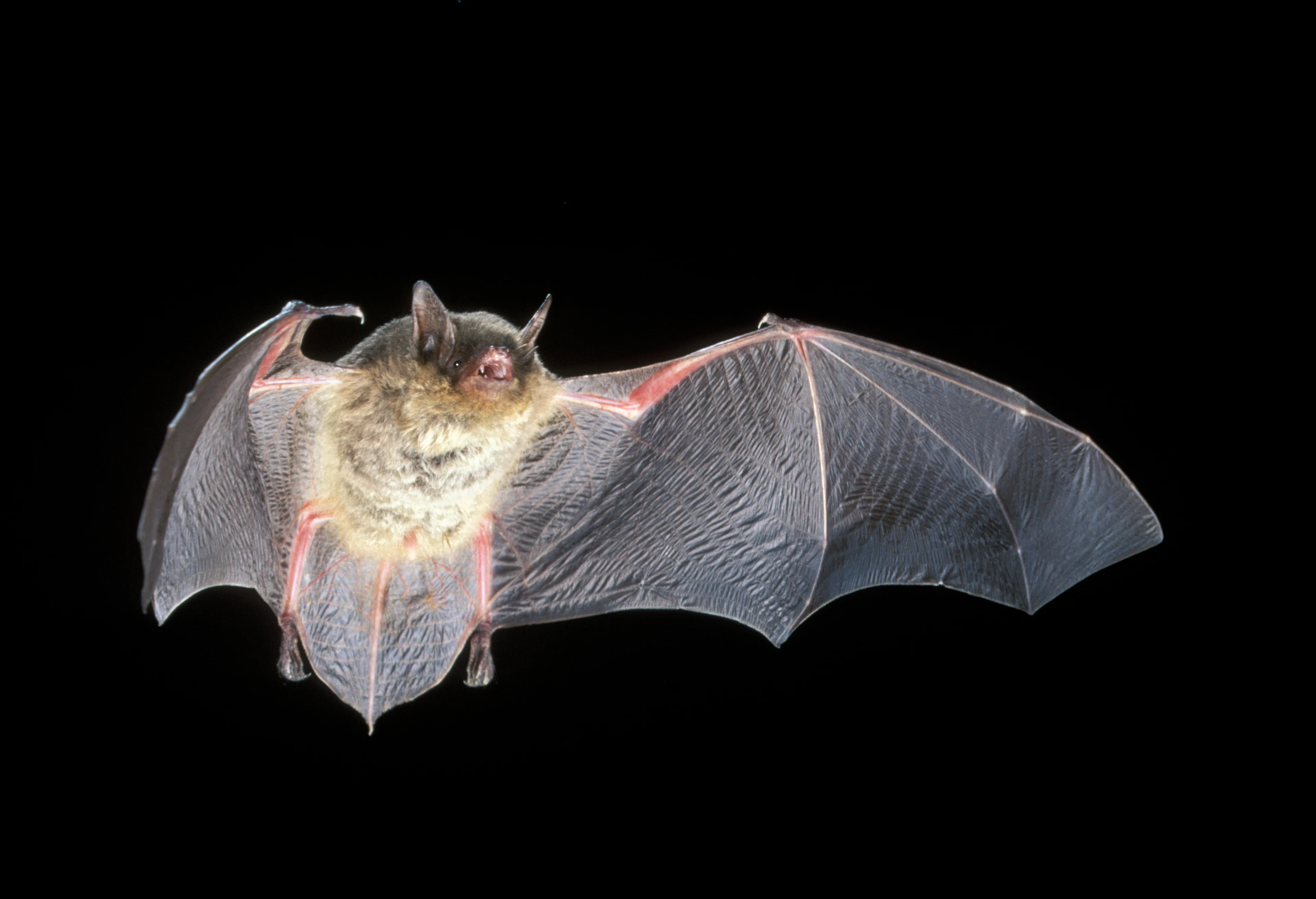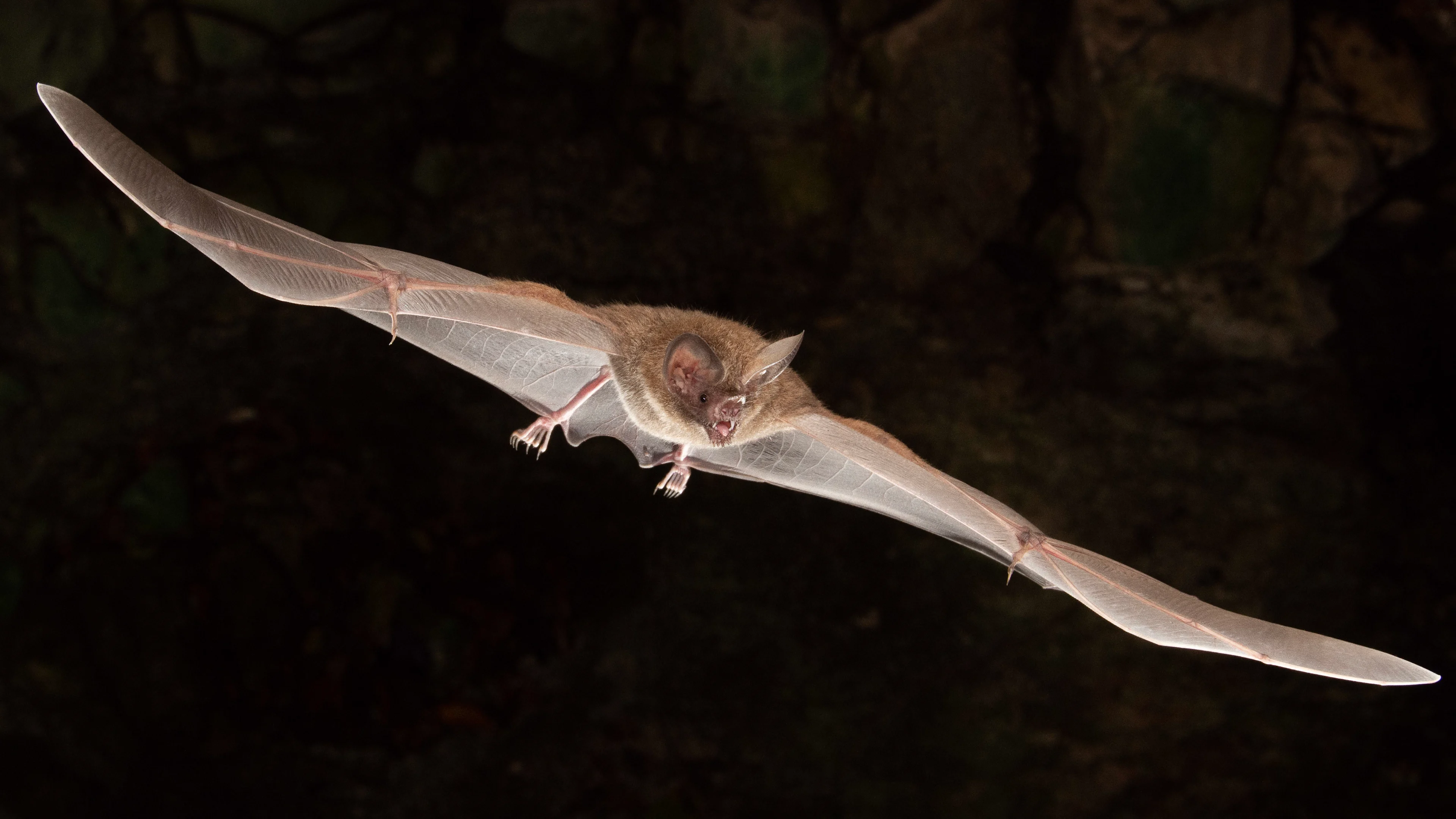
Only scary thing about bats is the rate of their population decline
Bat populations are in trouble across North America, with more than half of the known species in jeopardy of seeing a serious decline in the next 15 years. We explore what's happening and why, and what people can do to help bats
There is no need to fear bats, but there is an obligation to help them since there are ramifications for our ecosystem and economy if they disappear completely.
A first-of-its-kind report on the status of bats in North America, compiled and recently published by the North American Bat Conservation Alliance (NABCA), shared some grim details about the 154 known species in the continent.
DON'T MISS: Learn about Canada's bats, and how you can support them
With 206 species assessments completed, the report said 52 per cent of the documented bat types across North America are estimated to be at risk of a severe population decline in the next 15 years.
Winifred Frick, chief scientist for Bat Conservation International -- part of the NABCA -- said the results were not surprising given the "level of concern we have about our bat populations," in a recent interview with The Weather Network.
"Bats are incredibly important for natural environments," said Frick. "Bats are really diverse. They make up 20 per cent of all of our mammalian species worldwide and that surprises a lot of people."

(J. Scott Altenbach/Bat Conservation International)
Majority of Canada's bats are of conservation concern
In Canada, 82 per cent of the 17 species have been ranked as being of conservation concern. Three of the species -- little brown myotis (Myotis lucifugus), northern myotis (Myotis septentrionalis) and the tri-coloured bat (Perimyotis subflavus) -- are endangered and listed on the Species at Risk Act.
"One of the values of this kind of report is being able to bring attention to species that may not yet have been listed by a government in terms of an endangered species listing," said Frick. "The experts are worried about the trajectory of those species, and that they are vulnerable to various different stressors that are occurring."
The top threats facing bat populations are white-nose syndrome (WNS), habitat loss, climate change and wind turbine collisions.
According to the report, experts believe that as many as 82 per cent of bat species in North America will be impacted by climate change in the next 15 years, particularly from the effects from severe drought and temperature extremes.

(J. Scott Altenbach/Bat Conservation International)
“Almost all bat species [98 per cent] are impacted by some type of threat related to habitat loss," said Frick. “Climate change can act as both an amplifier of other stressors but also a direct mortality threat.”
White-nose syndrome, a fungal disease that grows on the muzzle of affected bats while they hibernate, is one of the leading contributors to the decline of the species in North America. Researchers in the U.S. are currently working on developing a vaccine.
Frick said when bats return to their hibernation locations, they can pick up the fungus on their skin tissues and increase the chances of inadvertently transmitting it.
"The fungus grows on bats during the winter when they're hibernating and [that] can disrupt their natural hibernation, cause them to wake up too frequently, burn through their fat reserves and then die before spring," said Frick.
So, it is "really important for people" to decontaminate their gear if they're going underground, she noted.
WATCH: FIVE facts about Canada's bats you probably didn't know
"There's been a lot of work on trying to reduce the probability that people might be moving the fungus around because the fungus can get on the clothing or gear," said Frick.
The NABCA, a multinational coalition from the United States, Mexico and Canada, spent two years putting together the report.
The expert elicitation involved 100 qualified individuals who contributed to "systematically going through every species in Canada, United States and Mexico," Frick said. It launched in the beginning of 2020.
Conservation efforts show recovery is possible
The report isn't all doom and gloom. In fact, there has been an increase in species recovery of 14 per cent over the last 15 years, according to the NABCA research, showing that collaborative conservation efforts can change the trajectory for bats.
"Everyone working together is a message of hope," said Frick. "Yes, we know we have a lot of work to do, but people are really coming together to do that work."

(Michael Durham/Minden Pictures/Bat Conservation International)
Bats are vital for our ecosystem. They provide economic benefits to agriculture by consuming insect pests, improving crop yields, and reducing pesticide use. They also contribute to forest health, and nectar-feeding species and pollinate plants, cited the report.
There are many things you can do to help these mammals.
Bat Conservation International recommends a number of initiatives, including creating and protecting bat habitat in your backyard, planting native plants, exploring nature responsibly by avoiding disturbance of bats and spreading of pathogens, and making climate-friendly choices to reduce your carbon footprint. The group also urges you to speak up for bats by sharing their importance and conservation with others, and supporting conservation efforts and policies that protect nature and wildlife.
"There are lots [of things] we can learn from bats to inspire [us,]" said Frick. "Bats do really cool stuff like eco-locate, so we can understand how sonar works for different technologies."

(Charles M. Francis/Bat Conservation International)
Going forward, a critical part of their recovery will be the North American Bat Monitoring Program (NABat), which provides framework, guidance and support for collaborative monitoring and informed analysis to guide conservation of bats.
The goal of the program is to release updated reports every three to five years.
“The next phases are really working together to get the status and trend reports of looking at how populations are changing over time, through a data collection that's happening on an unprecedented scale," said Frick.
WATCH: Why so angry? Aggressive birds show the camera they mean business
Thumbnail courtesy of Michael Durham/Minden Pictures/Bat Conservation International.
Follow Nathan Howes on Twitter.











